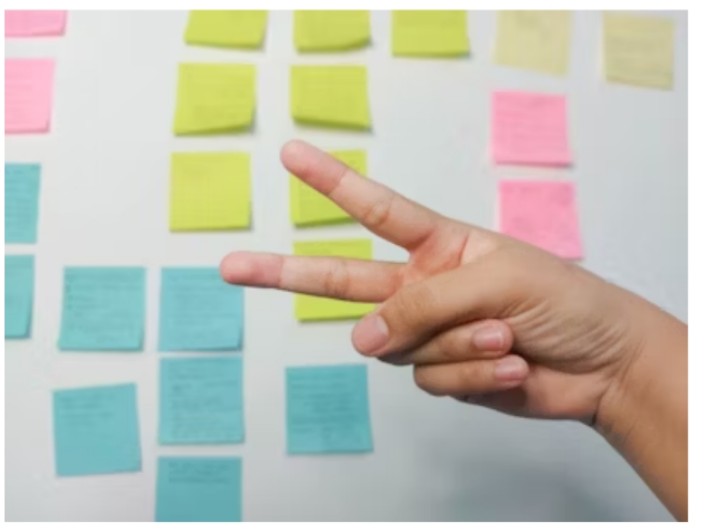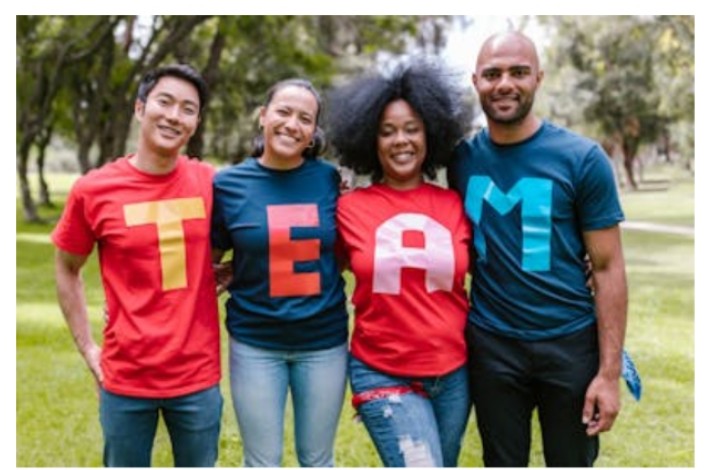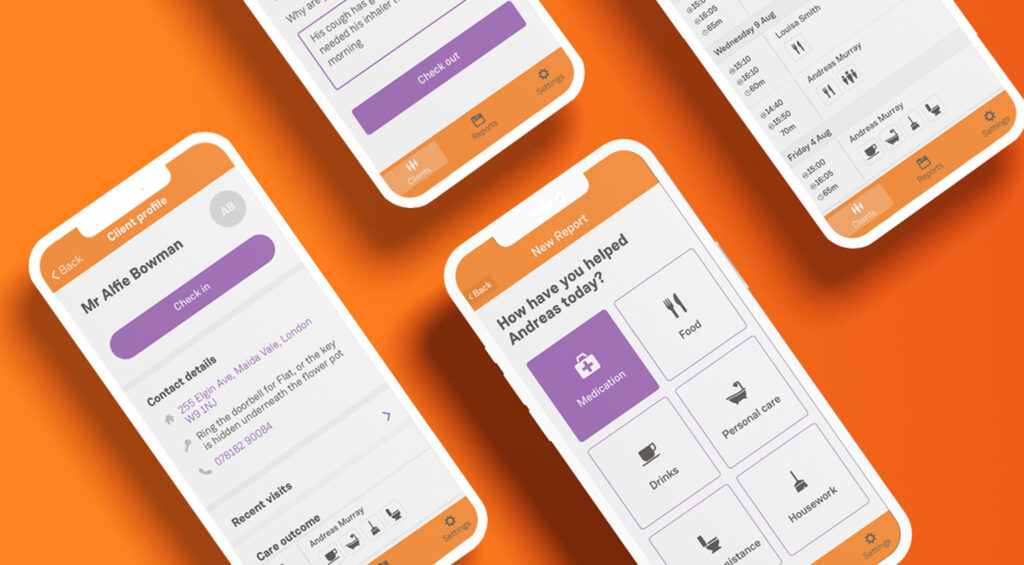Icebreakers are designed to enable individual members of a group to come together and learn how to collaborate as a team. That being said, if you want an efficient and successful team that knows how to collaborate, be sure to include some icebreakers in your calendar!

Icebreakers are traditionally thought to be most suited for gatherings of people who are unfamiliar with one another. The truth is that icebreakers work well for both newly created and long-standing teams! As the name implies, they “break the ice” and allow for conversation and relationship-building while a group is getting to know one another, but they can also help develop community, enable connection, and increase empathy among teams. These advantages appear basic, yet they are essential for bringing different people together in a working partnership.
There are several variations, but icebreakers can be broadly classified into three types:
Icebreaker Questions
An icebreaker exercise can be as easy as asking your team a question and then going around to gather responses. One method to spice up the process is to adopt the ‘popcorn’ strategy, in which the last person to answer the question chooses the next colleague to respond.
Icebreaker Activities
Group activities include sharing likes (such as movies, food, and sports) or collaborating on a project. The results of these activities, such as compiling a list of everyone’s favorite music, foods, or films, can often serve as the foundation for future team development.
Icebreaker games
Gamifying ice breakers introduces a competitive element to the exercise, which can be beneficial or detrimental depending on the setting or team. When utilizing a game as an icebreaker, it might also be beneficial to form teams inside your meeting to encourage coworkers to work together to win.
Icebreaker Questions for Small Groups
If you’re just getting started with your new team, a few basic measures will help you create the groundwork for successful working relationships.
The following are some small group icebreakers that assist co-workers in learning about one another and developing collaborative strategies.
1. What hobby or activity do you currently like outside of work?
Not exactly innovative, but it does allow people to quickly introduce themselves and discuss a topic of interest to them.
2. What was your favorite TV show or movie as a kid?
People enjoy reminiscing, and it’s beneficial for team building. The only risk here is if folks are sensitive to age (this is a glimpse into what was popular when they were younger), so exercise caution.
3. What is your go-to happy hour beverage?
Have each guest identify themselves and share their favorite happy hour drink (non-alcoholic beverages are welcome). This could also be an excellent approach to scheduling a team happy hour or virtual meeting for a later time.
4. If a movie were made about your life, who would play you and why?
Yes, this is a little cheesy, but it is a fantastic way to get a sense of what kind of films your team appreciates, and, like the previous question about favorite childhood films, it might serve as the foundation for a viewing party celebration at a later point.
Icebreaker Activities for Small Groups
Breaking the ice activities can be effective at setting the tone for a meeting while also providing more possibilities for team building in the future.
1. Share your favorite song that makes you feel driven and enthusiastic.
This is an excellent approach to introduce yourself because it also serves as a team playlist. Collect all of the feedback and create a Spotify playlist that may be shared afterward.
2. Draw your neighbor.

Set a 5-minute timer and have everyone work on a sketch of their ‘neighbor’ (in a hybrid or remote workplace, you may need to allocate people more specifically). Then you can check to see if any Picassos are hiding in your midst.
3. Tell us where you are and why we should visit.
Allow each participant to identify themselves and discuss one aspect of their community that they enjoy. It may appear easy, but it is one of the most significant and beneficial ways to connect with teammates: establishing time zones, language barriers or links, and methods of collaboration. You can also use this handy global map template to get started.
4. Share an amusing phrase (or another language you speak) and explain what it means literally and symbolically.
As remote and hybrid work situations become more common, there are more possibilities to learn about diverse cultures and societies from teammates and coworkers.
Icebreaker Games for Small Groups
Adding a touch of competitiveness may be an excellent way to engage and invigorate your group—and if you want to up the ante, a little swag can go a long way.
1. Two truths and one falsehood.
Have everyone in your meeting disclose two truths about themselves and one lie. Then have the others of the team guess which is the lie. This is a famous and well-known game that helps teams to get to know each other better while having fun guessing.
2. Rock, paper, scissors tournament

This works even in hybrid or entirely remote sessions as long as everyone has adequate wifi and video quality.
How it works: The meeting facilitator assigns two-person groups for the tournament’s first round. Each set of two faces off in a best-of-three rock, paper, scissors combat. The winners then compete against each other until only one overall champion remains.
3. Name that song.
Play a short clip of a song and ask everyone to identify what it is; the first to give the correct answer wins the crown. To prepare, select three to five songs that you believe people will recognize.
4. Terrible Joke Contest
What is the worst (work-appropriate) joke you have ever heard? Allow everyone to contribute their most cringe-worthy jokes, and then vote to determine the worst joke winner, assuming that’s what we’re calling it.
In the end!

Choosing the correct icebreakers for small groups can improve group dynamics and increase participant comfort and engagement. By choosing activities that align with the group’s purpose and spirit, you can foster an environment where everyone feels valued and connected. Whether you use light-hearted games or thought-provoking inquiries, the goal is to encourage fun and meaningful interactions. With the correct icebreakers, small groups can swiftly transform from a collection of individuals to a cohesive, collaborative team prepared to face any challenge.





